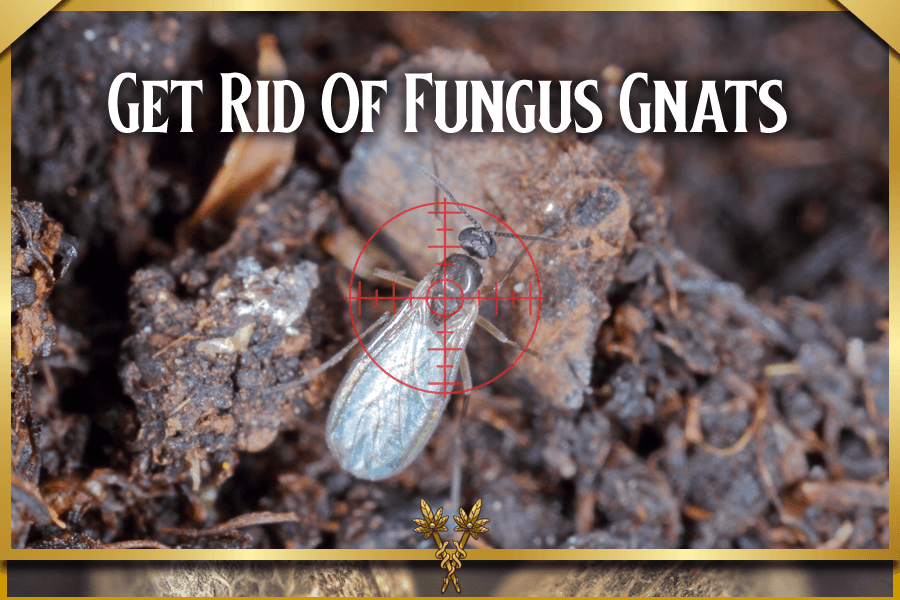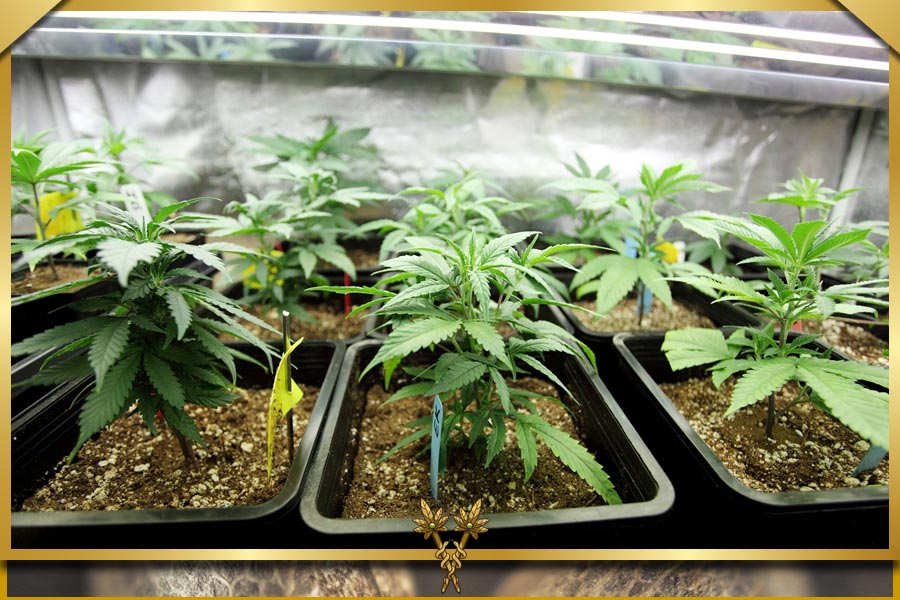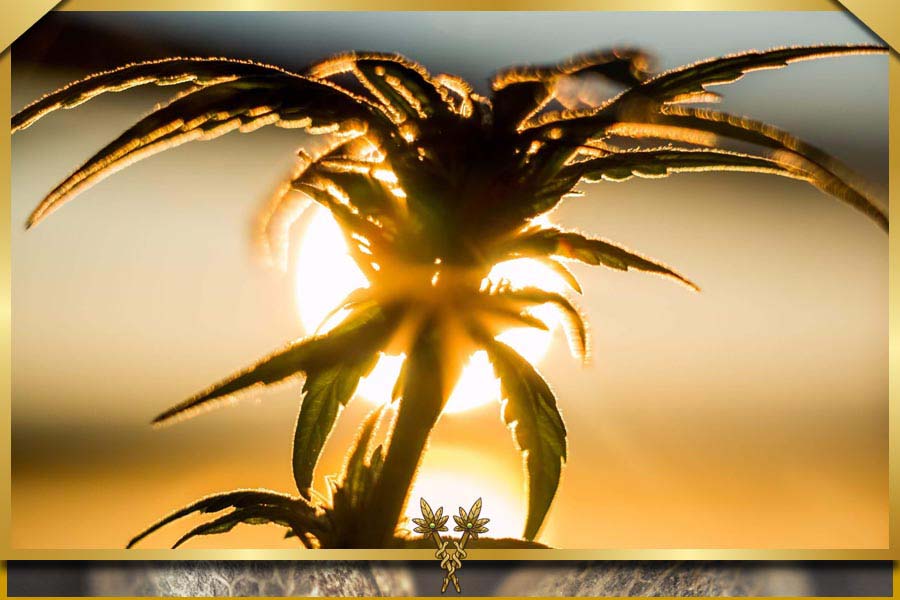Never ignore brown spots on weed leaves. What can you do to prevent them, and why do they happen?
Unfortunately, the majority of plant health problems show up as discoloured foliage. It would help if you had the expertise to diagnose the issues and nurse your crops back to health.
Join us for a thorough explanation of spots on marijuana leaves. We’ll go over the causes, how to assess the situation and remedies for restoring the harvest.
Why cannabis leaves sometimes develop brown spots
Cannabis leaves are intricate organs that serve various functions throughout the plant’s life cycle. They serve as the lungs, heart, and stomach of a cannabis crop, producing, moving, and storing nutrients for growth.
Additionally, they serve as the first line of defence against stressors and the first to exhibit warning signs.
Brown spots on marijuana leaves are a common concern. If you respond quickly and effectively, they won’t be fatal, but you must first identify the underlying cause.
Finding the cause of dark spots on cannabis leaves is the most challenging step in regaining control of your garden. Here is a list of possible offenders, along with advice on how to deal with each.
Deficiencies in nutrients
The absence of the necessary environmental minerals causes plants to become nutrient-deficient in cannabis. It happens as a result of nutrient lockout and infrequent feedings.
In the worst case, a lack of nutes can cause crop death by weakening the vegetative structure. One of the primary signs of a deficiency is brown spots on cannabis leaves, especially when the following four components are deficient.
Low calcium levels
Calcium is essential for nutrient absorption and healthy new growth in all stages of the cannabis plant’s life cycle. This deficiency is the most common cause of brown spots on weed leaves.
Calcium deficiency
Calcium is essential for nutrient absorption and healthy new growth in all stages of the cannabis plant’s life cycle. The main factor causing brown spots on weed leaves is this deficiency.
A calcium deficiency manifests as, in addition to dark spots on cannabis leaves:
Slow flowering
Wilting foliage
Curving leaf tips
Soft, hollow stems
Dry, short roots
Small buds and leaves
You can distinguish between a calcium shortage and a bug or pest infestation by looking at the leaves most often exposed to direct sunlight.
Solution: Fortunately, learning how to fix cannabis calcium deficiency is simple. The key is to add a natural mineral source to the diet and balance your pH levels.
Nitrogen deficiency
Nitrogen is a crucial macronutrient for weed, so plants require much of it. Cannabis plants that lack nitrogen can wilt and grow vegetatively more slowly.
Cannabis yellow leaves with brown spots and the following signs and symptoms point to a nitrogen shortage:
Discolouration of older foliage
Purple and brown stems
Wilting and drooping leaves
This situation first impacts older growth, showing brown spots on lower fan leaves. Later stages are when it only attacks fresh foliage and branches. Use rich soil, check your pH levels, don’t overwater, and add extra nitrogen until the crop is healthy once more as a solution.
Potassium deficiency
Another necessary nutrient is potassium, which is crucial for the blooming stage. It promotes the growth of buds and strengthens the leaves and stems. Cannabis that lacks potassium loses structural stability and has lower yield potential.
During flowering, brown spots on fan leaves suggest a potassium shortage; additional signs include:
Foliage that is pale and discoloured
Abnormal and stunted growth
Curling upward leaves
Overstretched stems
Weak and thin colas
The first thing to go is the foliage, but branches and buds may later show the impact. Even though growth doesn’t stop, it slows down in affected specimens. Checking the soil’s pH and pH levels is the remedy once more. When you’re sure, there won’t be a lockout, stock up on plenty of potassium.
Boron deficiency
The crop can use other minerals for growth because boron is a supporting nutrient. Deficits in boron are comparatively uncommon and typically occur in dry and acidic environments.
This problem manifests in the foliage and causes slower growth and dark spots on weed leaves. A severe lack of boron results in blades that curl and drop off. Other red flags include:
Scorched and burned new growth
Leaf wilting or cupping
Rough and hollow stems
Unhealthy root growth
Solution: To correct this deficiency, check the air humidity and increase watering frequency. It is more efficient than adding more boron.
Low pH values
You may have noticed that low pH levels can result in brown spots on marijuana leaves. This is because acidity affects nutrient uptake.
A particular pH range is required for marijuana to absorb its food:
5 to 6 for hydro
6 to 7 for soil
A nutrient lockout happens when the pH falls outside the ideal range. Although it resembles a deficiency, it is not brought on by a lack of minerals in the medium. Instead, the roots can’t take in the available nutrition, and soon spots on cannabis leaves and other symptoms of ill health appear.
Advice: Test before supplementing because pH imbalances frequently cause deficiencies. By doing this, you can save money on food that is wasted.
Calculate the pH of:
Your source of water
Nutrients and H2O combined
liquid runoff on the tray
In this manner, you can ascertain whether the pH imbalance is brought on by the water, nutrient solution, or growing medium.
Solution: To lessen acidity, rinse the pots with water that has a pH of 7. Use a pH-Up solution to adjust your moisture source once your reading is around 7.0.
Light burn
In indoor settings, lamps can replace the sunlight, but you must use them carefully. Artificial light overexposure endangers your garden.
Light burn happens when your grow lamps are placed too close to the canopy. Left untreated, it might prevent buds from developing typically, reduce resin production, and reduce yields.
Cannabis leaves that are yellow with brown spots imply a slight burn. This issue also shows up as:
Bleaching on the buds and leaves
Discoloured fan leaves due to drying
colas that are too small and lack resin
These problems typically manifest at the top of your crop, which is the area closest to the light source. LED lights are the most typical scenario; although they generate less heat, their intensity can harm young plants.
Cannabis with brown spots: problematic but not fatal
Brown spots on weed leaves could indicate a variety of health risks. They are a standard distress signal, but by looking at your crop, you can identify the issue and take the appropriate action.
Whether internal or external, stress has a wide range of overlapping causes. So keep in mind the fundamentals of ganja gardening to stop the crisis.


